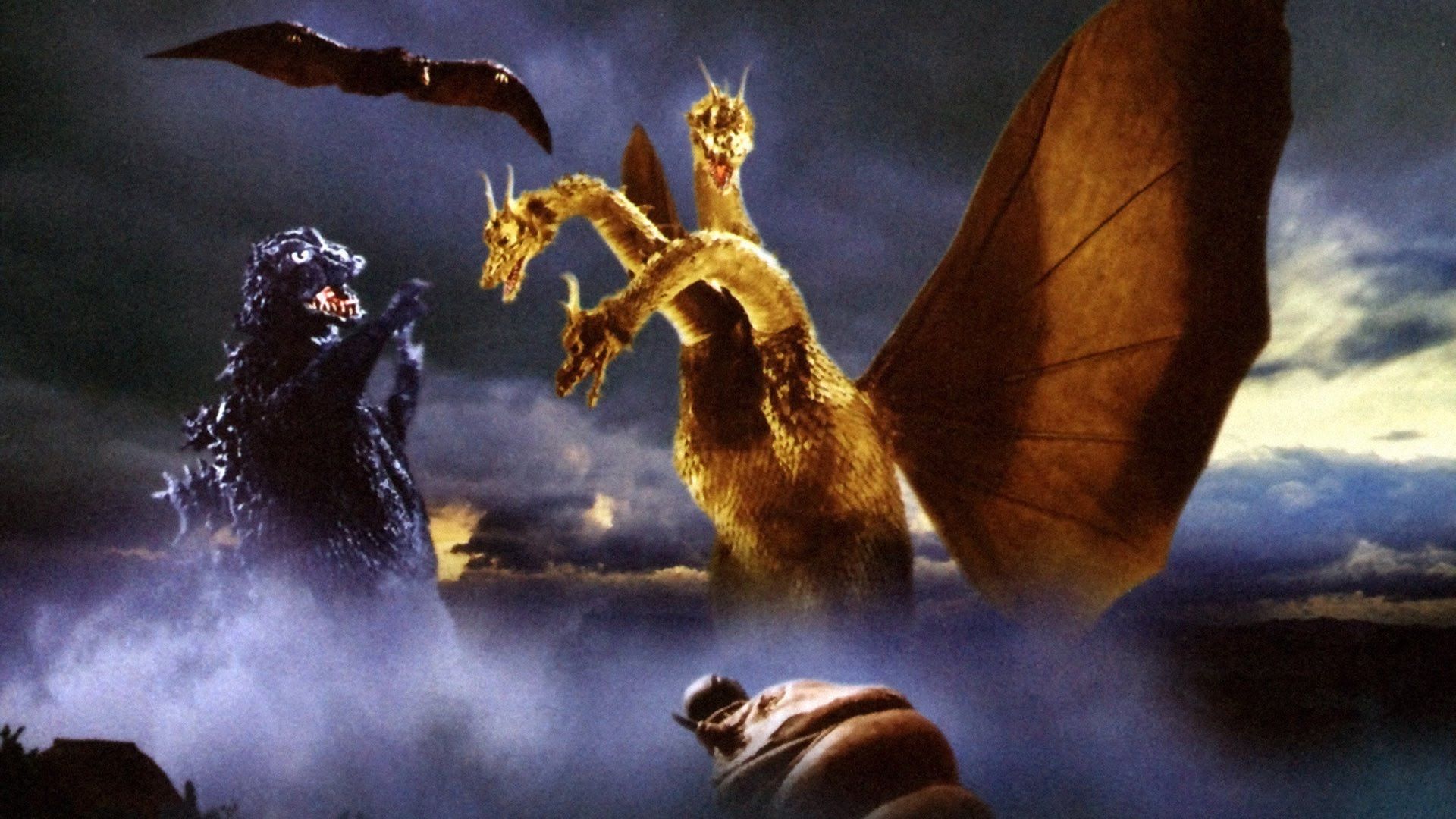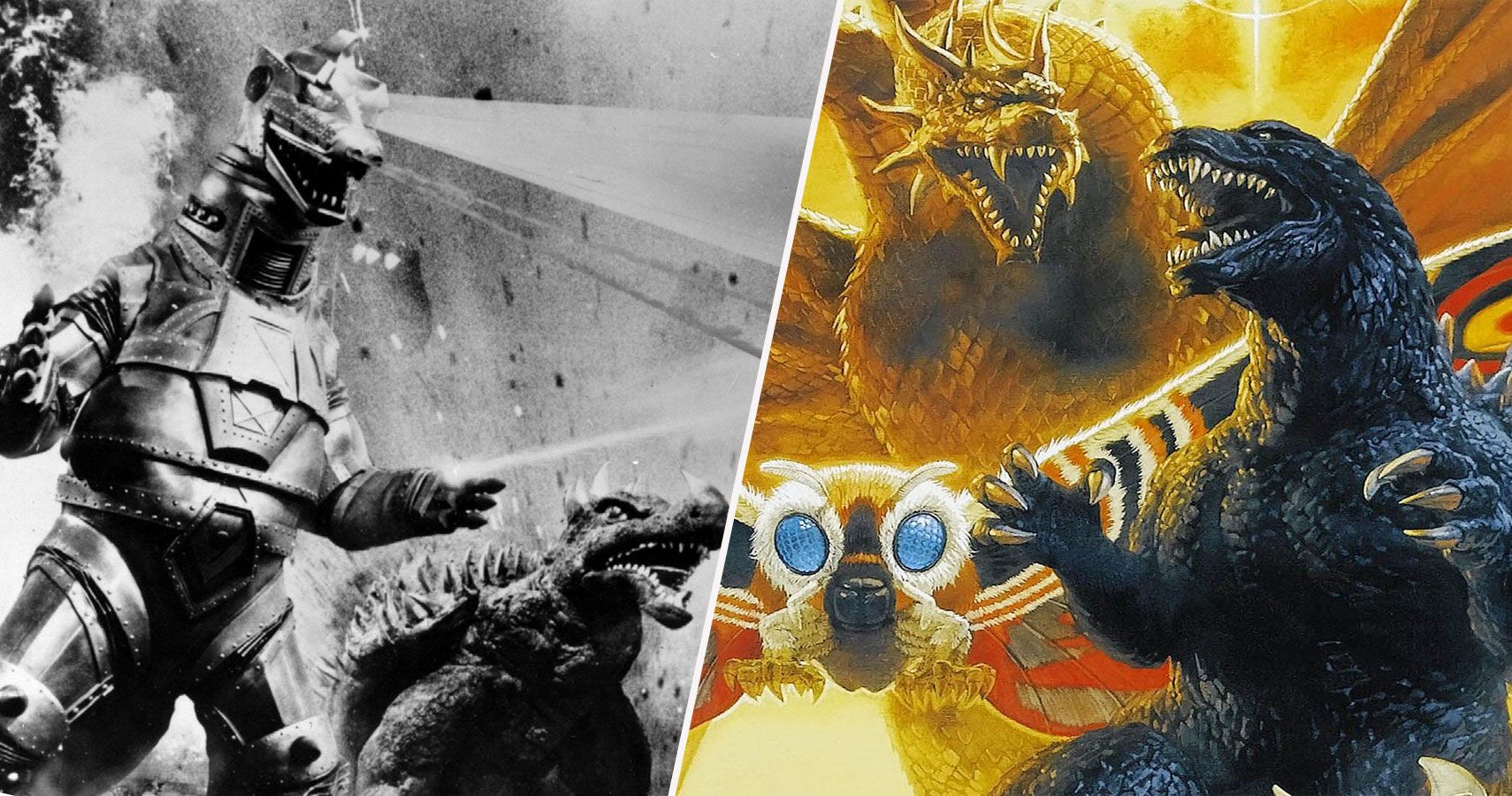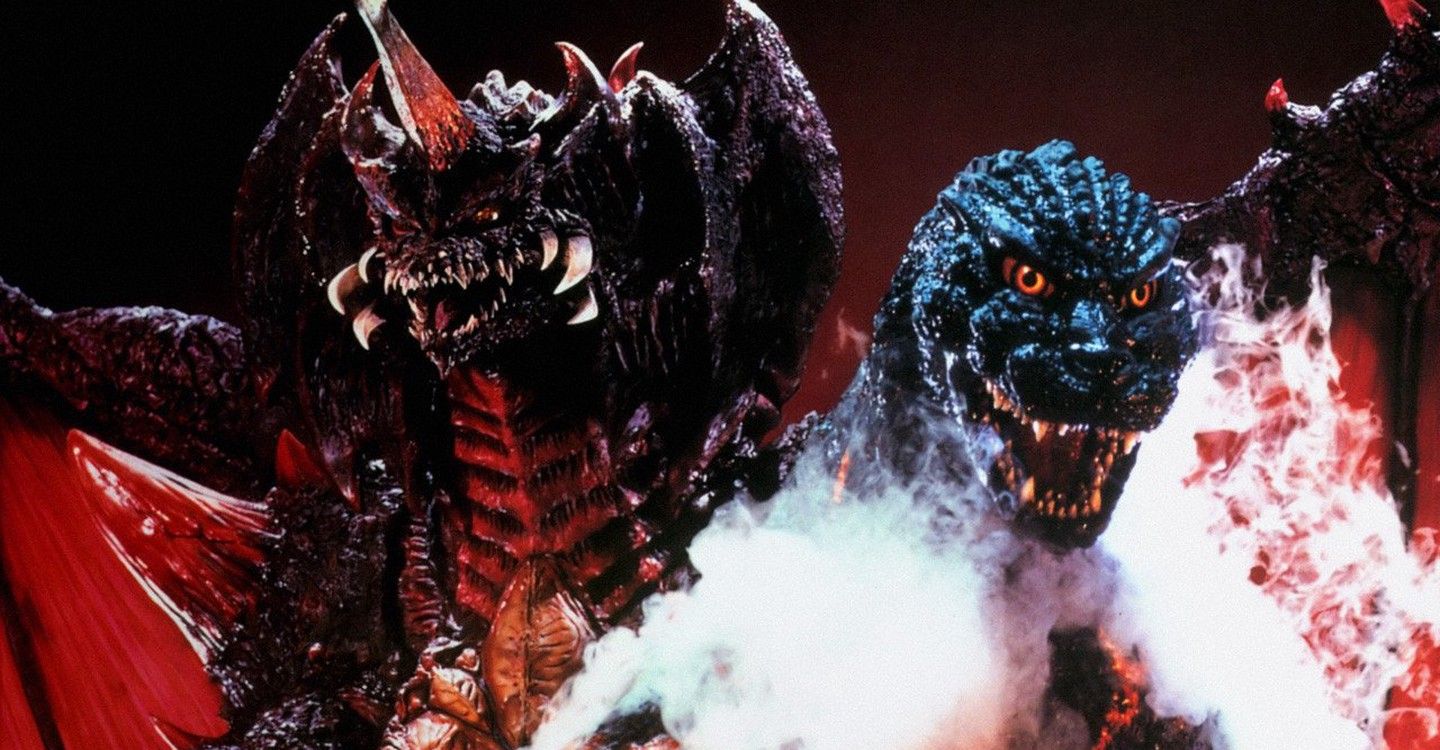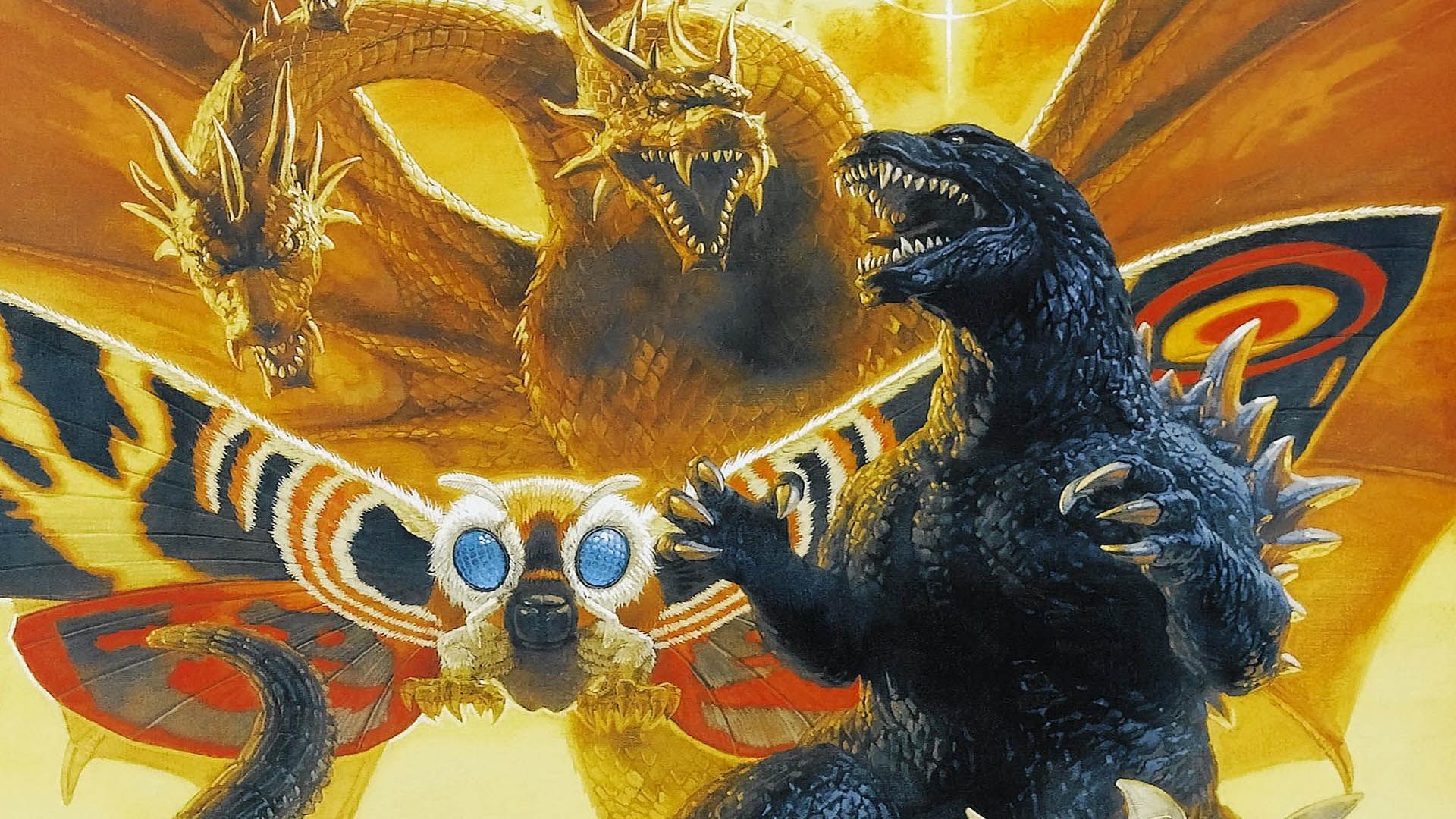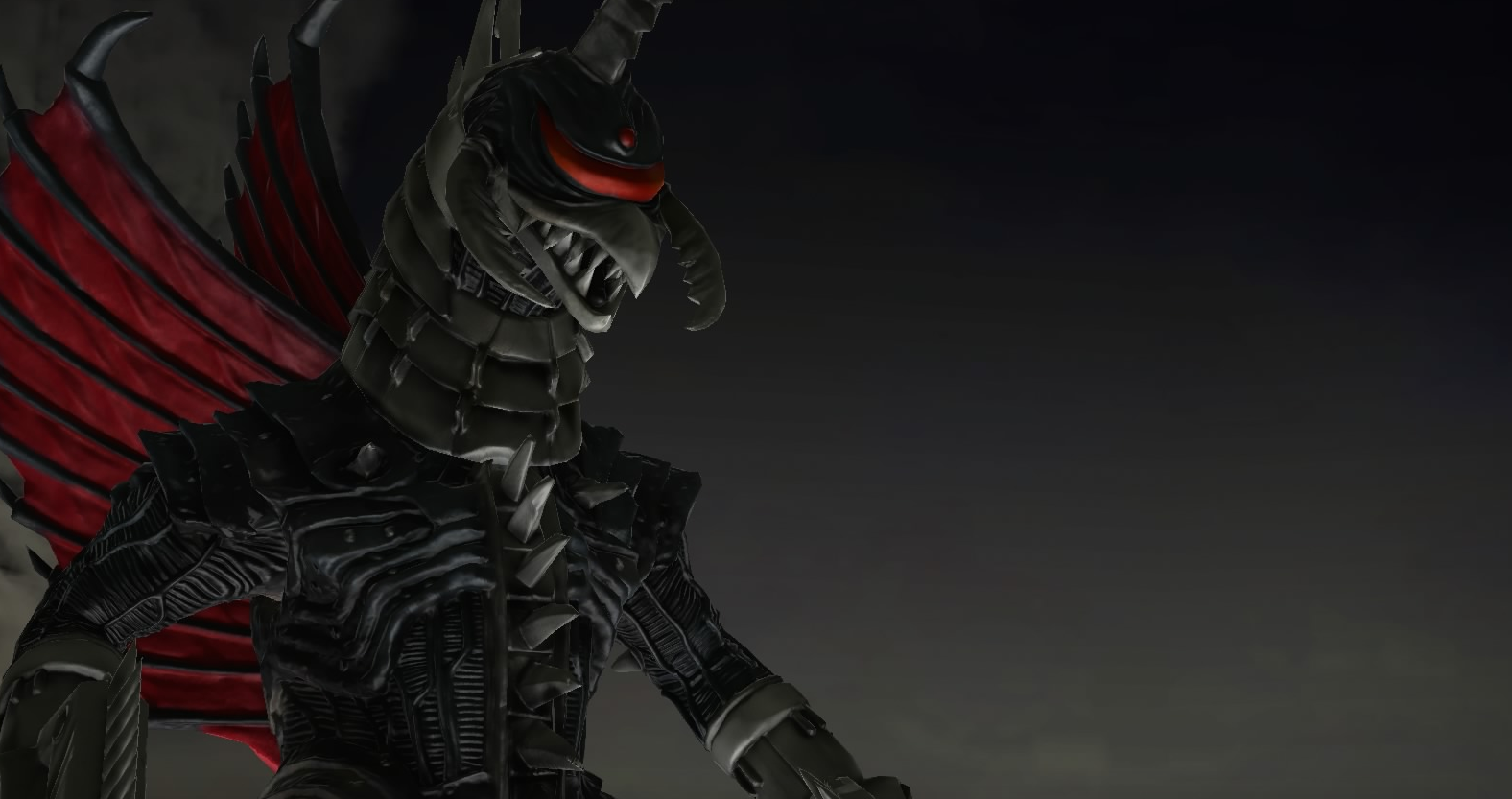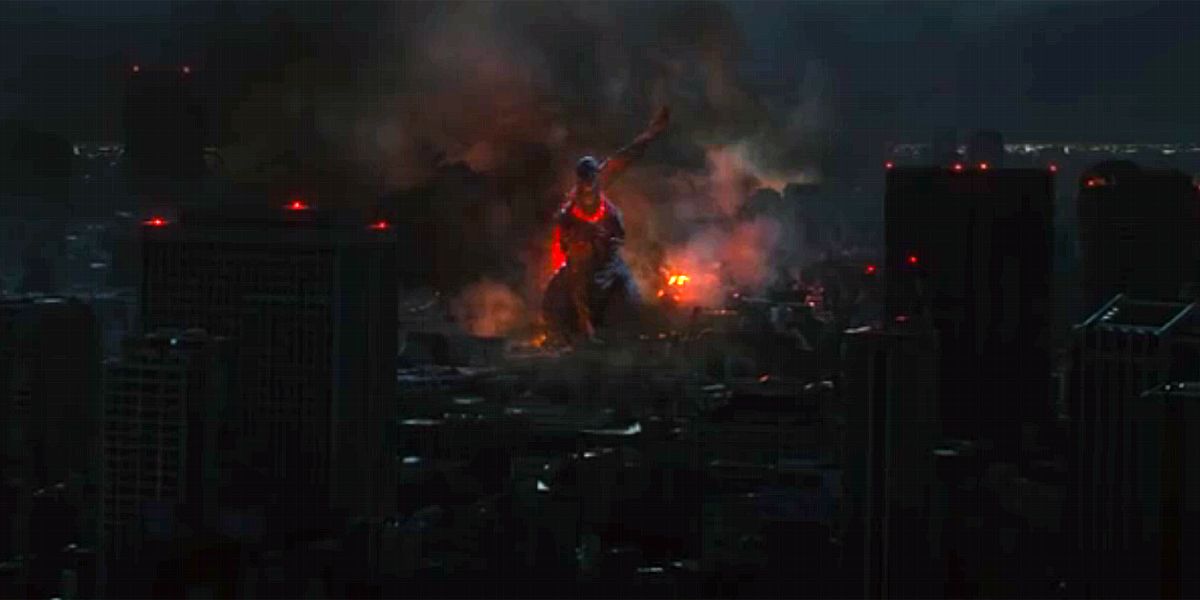If someone unfamiliar with the Godzilla franchise was asked about the viewing order of the films, they might logically conclude you need to begin with the 1954 original and just continue chronologically from there. While some long series' jump around a little (just look at the MCU's timeline) most movie series' unfold sequentially. Godzilla, which has showcased the talents of so many directors and writers over the years, is not so straight forward.
The Godzilla franchise's timeline is convoluted and bewildering. The series, which consists of 29 films (32 if you count the anime trilogy and 35 if you count the American films up to Godzilla: King of the Monsters) has been rebooted multiple times. While some films follow on in chronological order with continuity being acknowledged, others... don't. So, how do you start to unravel the confusion? Perhaps here is a good place to start.
SHOW, HEISEI, MILLENIUM AND REIWA
The Godzilla franchise can be divided now into four distinct eras: The Showa period covers the first 15 films, ending with 1975's Terror of Mechagodzilla. Next comes the Heisei period, which starts with 1984's The Return of Godzilla and ends with 1995's Godzilla vs. Destroyah. This era covers seven films. The Millennium period starts with 1999's Godzilla 2000 and ends with 2004's Godzilla: Final Wars. Six films in total. The Reiwa period is the current era of Toho's Godzilla films, which started with 2016's Shin Godzilla and includes the Netflix anime trilogy. Four films, so far.
It's important to also remember the American films because Roland Emmerich's '98 Godzilla actually exists in this timeline.
One would assume, even with these different eras, that the timelines form one coherent, straight forward continuity. Or, that each period is a reboot of the franchise, with each starting its own original continuity. Well, that would be the case if this timeline made sense. But, it doesn't. At all.
THE SHOWA PERIOD
The Showa period starts off making sense as the first nine films flow in chronological order. These early films also incorporate other characters from other Japanese Kaiju series' that crossover into the Godzilla films. Most notably, the titular monsters from Mothra and Rodan appear in the timeline, so, presumably, the events of Mothra occur before 1964's Mothra vs. Godzilla, while the events of Rodan appear after the next film in the franchise, Ghidorah, the Three-Headed Monster.
The odd part is that 1933's King Kong -- and American film -- also fits into the continuity, as the third film in the Godzilla franchise is King Kong vs. Godzilla. While the '33 film and its sequel, Son of Kong, featured a giant ape, none of these Kongs are the same Kong from this film. In fact, Skull Island never appears in the film. This King Kong is instead found on Faro Island. However, the film acknowledges the general events of the prior films, implying that the King Kong films of the '30s do, in some way, exist in this same timeline.
Therefore, this 15-film arc is actually closer to 18 -- or even more, if you count other Toho films that end up tying into the ninth film of the franchise, Destroy All Monsters. This is where the timeline becomes really confusing. The film takes place in the year 1999 (with '60s technology) and ends with all of the monsters appearing to kill King Ghidorah once and for all.
And yet, subsequent films take place in the year of their release and King Ghidorah is proven to be alive and well.
This means that Destroy All Monsters serves as the final film in the Showa period, despite the period continuing for years after it, with decades between Terror of Mechagodzilla and Destroy All Monsters.
THE HEISEI PERIOD
The Heisei period is fairly straight forward. The Return of Godzilla is a direct sequel to the original Godzilla, ignoring all films between. From there, every film in the Heisei period follows its predecessor. While time travel is introduced in Godzilla vs. King Ghidorah, this doesn't change too much of the original film.
The Heisei period is arguably the most tightly plotted of the franchise, where continuity is honored and referenced in detail. However, it does get a little confusing with the Mothra trilogy spin-off series, which take place alongside the Godzilla films.
But, then the Millennium period started, and this is where things get seriously bizarre.
THE MILLENIUM PERIOD
The Millennium period's films are noteworthy in that almost all of them are direct sequels to the original, ignoring all other films... Except when they don't. In theory, Godzilla 2000, Godzilla vs. Megaguirus, Godzilla, Mothra and King Ghidorah: Giant Monsters All-Out Attack, Godzilla Against Mechagodzilla, Godzilla: Tokyo S.O.S., and Godzilla: Final Wars are just sequels to the 1954 Godzilla.
The only problem is that, other than the first two, this isn't necessarily true. After that, however, other films leak into the continuity.
It starts with Godzilla, Mothra and King Ghidorah: Giant Monsters All-Out Attack. While the film features the most outlandish version of Godzilla and the rest of the cast of characters we've ever seen -- where Godzilla is the living embodiment of the vengeful spirits slain in WWII -- it includes a very relevant comment acknowledging an "attack on New York that the Americans seem to think came from Godzilla." This is a reference to the 1998 American Godzilla film, indicating that the chronology goes: the original Godzilla, then the American Godzilla, and then this film.
RELATED: Godzilla: King of the Monsters Is Basically Batman v Superman, With Kaiju
The next two films after this, Godzilla Against Mechagodzilla and Godzilla: Tokyo S.O.S., are direct sequels to one another. It's straight forward in its own way. But, then Toho just had to make things confusing again.
FINAL WARS
Godzilla: Final Wars just breaks the timeline completely. This film makes no sense in the continuity at all. It includes countless monsters who appeared throughout Godzilla history. All the films. Showa? Heisei? Millennium? There's a little bit of everything in this film, but, due to how all these films exist in relation to one another, the film can't exist in any timeline.
RELATED: Godzilla: King of the Monsters Proves Hollywood Can't Please Kaiju Fans
Sure, someone could argue the film is a direct sequel to Destroy All Monsters since the film includes all of the Showa movies plus a few extra. But, that can't be the case, because the film also includes "Zilla," the monster from the '98 American film. That movie, which takes place in the year it was released, exists in a continuity where monsters are clearly not the norm. Furthermore, the '98 film is far more modern than Showa period's version of 1999, which looked indistinguishable from the year of the original film's release. In short, this film doesn't make any sense.
SHIN GODZILLA AND BEYOND
2016's Shin Godzilla is a complete continuity reboot. It takes place in its own original timeline, detached from anything -- even the original film. The proceeding anime trilogy also exists in its own timeline where Godzilla and monsters (again, vaguely defined) overtake the planet.
Toho has announced plans to reboot the franchise yet again to create a shared continuity of monster movies, akin to the way things went before. This means that Shin Godzilla will remain in its own island of continuity, apart from everything else. At least that makes more sense than the mess of continuity that came before. Godzilla fans are far more forgiving of a confusing chronology than most genre fans. Plus, it's all worth it for those incredible monster battles.

